By: Kiana Valbuena Mejia
Professional Group Environmental Territorial Planning
Nature certainly is a blessing we enjoy every day since we are aware. We feed it, clothe and benefit in different ways, making it clear that humanity makes use of the resources that mother earth provides for survival. Under this ideal, activities such as food production through the cultivation of different plant species just worn with such basic practices such as weeding, cleaning fields and crop irrigation.
One of these practices, certainly very popular in Colombia and elsewhere in the world, It is the use of fire in agriculture to clean and prepare fields for crops. This in the Colombian Caribbean is believed to be a custom appropriated by the communities in the area, dedicated to the activities of the field and brought to our shores by the Spanish colonizers, who made use of fire to prepare land heating at the same time the ground to cold temperatures.
Discussions of this practice may have different orientations depending on the circle in which den, marking even the level of acceptance and approval thereof. Regardless of existing positions,the reality is that this fact can be attributed the frequency of fires in vegetation cover in the department of La Guajira. This is because calls "Zocolas"are the cause of these fires out of control, either by mishandling at the time of applying or little control of fuel when burning is estárealizando.
There are many people in the last month have displayed the columns of smoke at the top of different basins, or areas of interest such as the Natural Sierra Nevada de Santa Marta National Park. Also there are many people who wonder what the authorities are doing with responsibilities in the field on this issue. In this sense, in 2012 Law was issued 1523 creating the National System for Disaster Management risk, where the principles set forth in the art. In the case of the CAR Article 31 This specific rule must conduct studies to generate information for managing risk in their respective jurisdictions, besides being subsidiary, complementary.
This becomes more important during this dry season, to which is added the increase in the probability of formation of an El Niño whose tendency is to increase the drought conditions in the territory, precisely because low or no precipitation, low humidity and high levels of solar radiation, temperature and evapotranspiration facilitates any burning, either intentionally or negligently, It becomes the start of a forest fire, the one which in February have triggered the alarms to generate emergencies throughout the Lower and Middle Guajira, affecting more than 800 It has natural vegetation cover and intervened.
From the Planning Office, the Territorial Environmental Management Group has been providing support to local authorities in knowledge of the risk, information has been delivered threats and areas currently being generated maps with spotlights or hot spots that are identified through image interpretation offered by the information system fire for resource management (NASA fIRMS) that distributes data active fires in near real time within 3 hours after satellite observation from the interpretation of Moderate Resolution Imaging (MODIS) and the set of infrared imaging radiometer visibles.Esperamos to continue providing the necessary information that will serve to promote greater awareness and processes that can feed risk reduction.

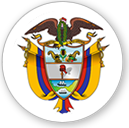

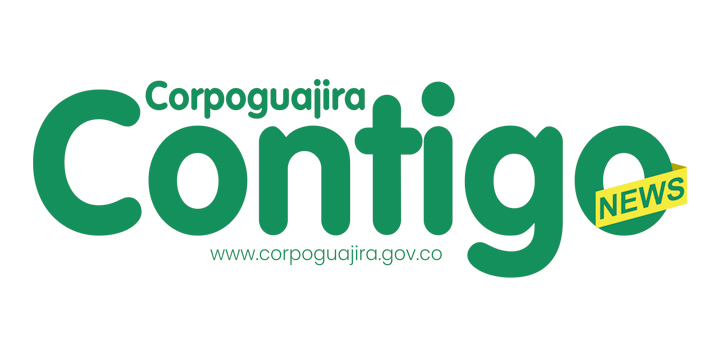



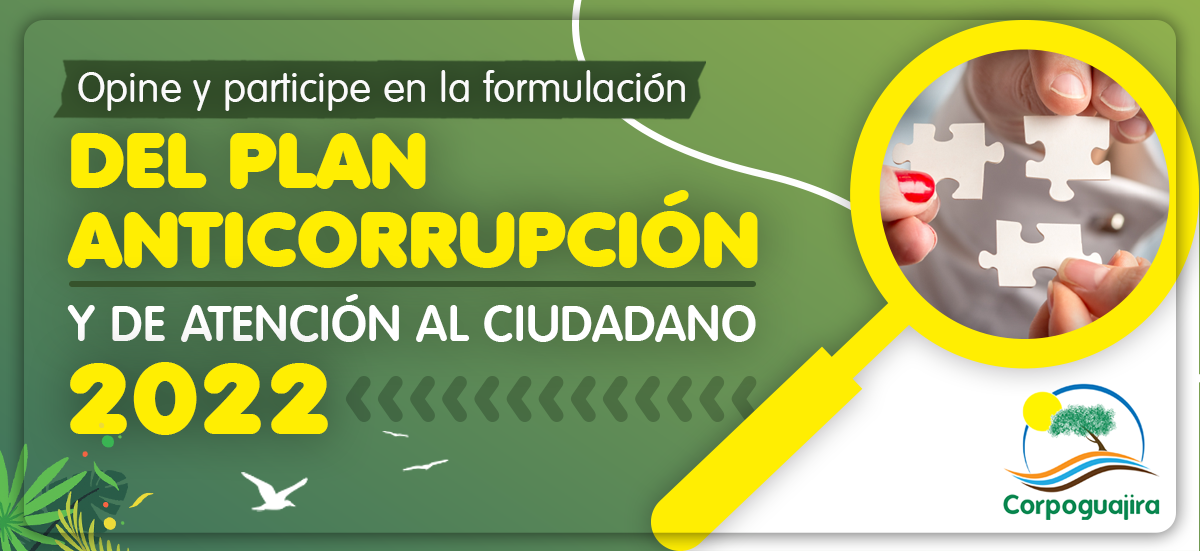
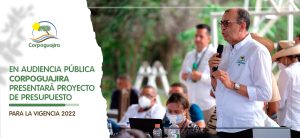



















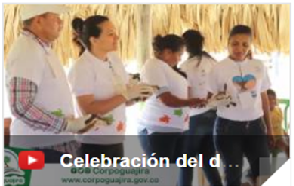



Leave a reply
I am sorry, you should be connected to post a comment.